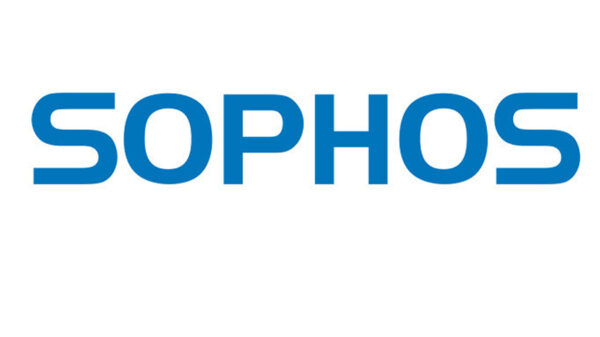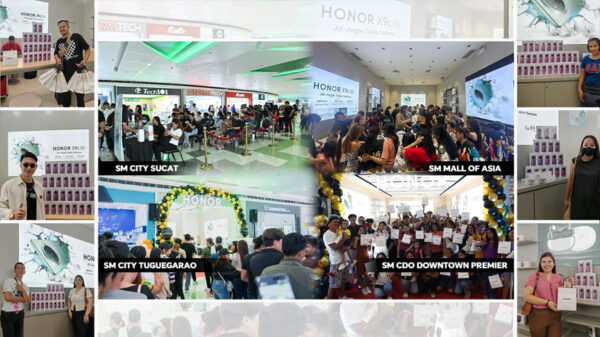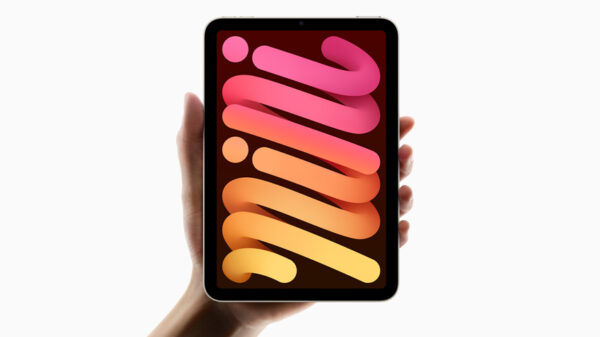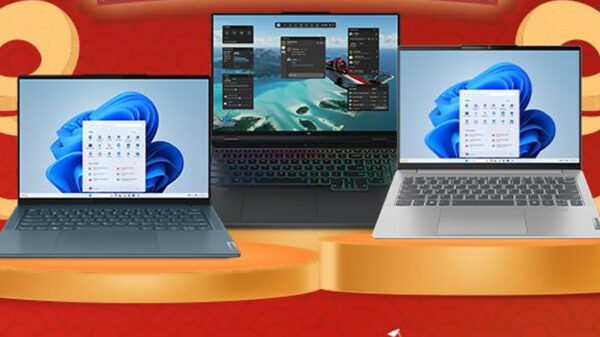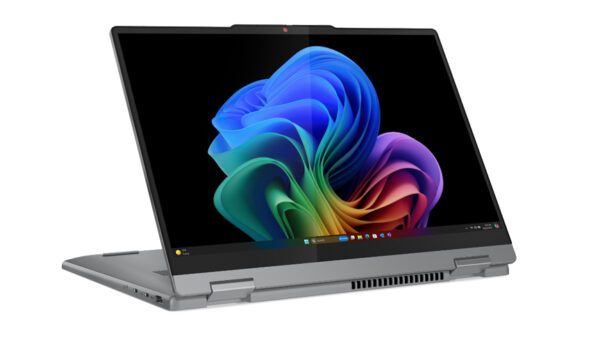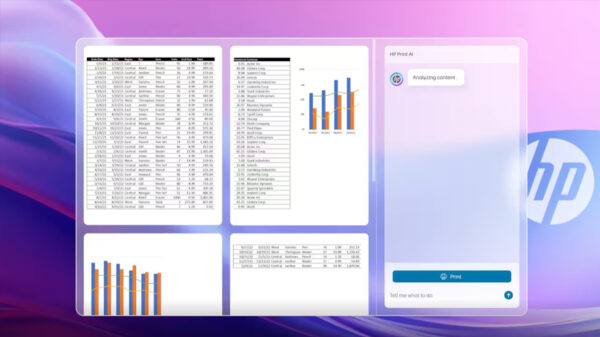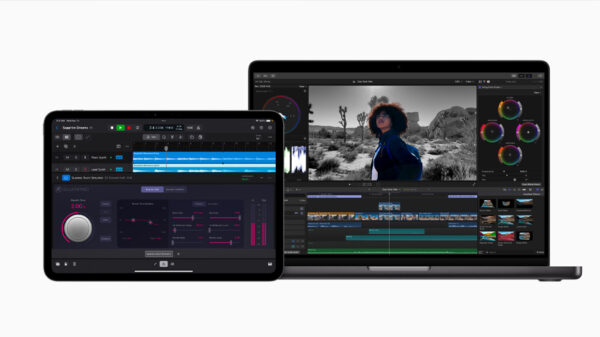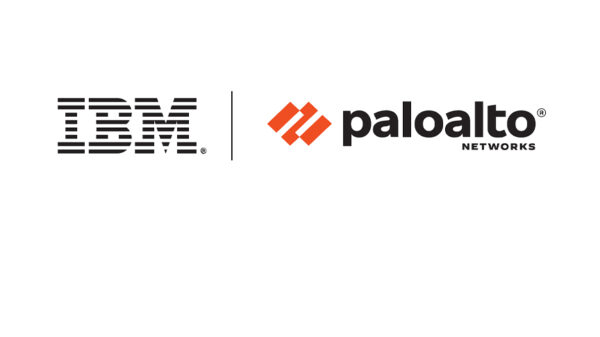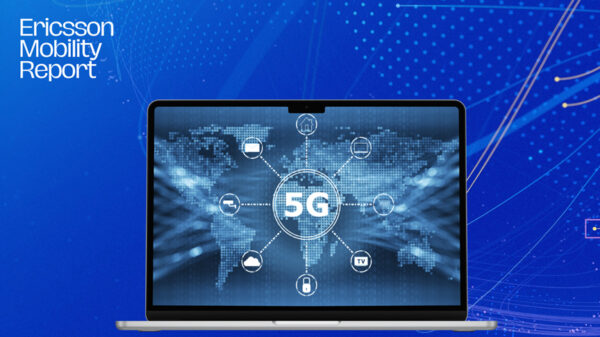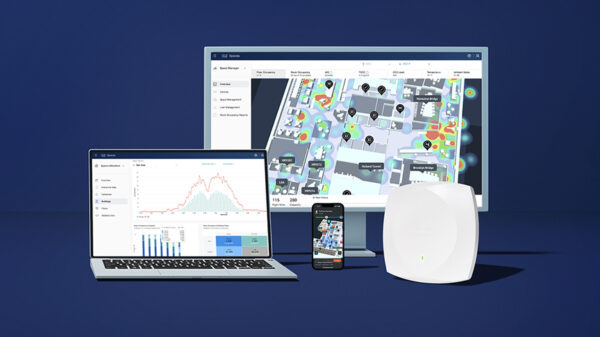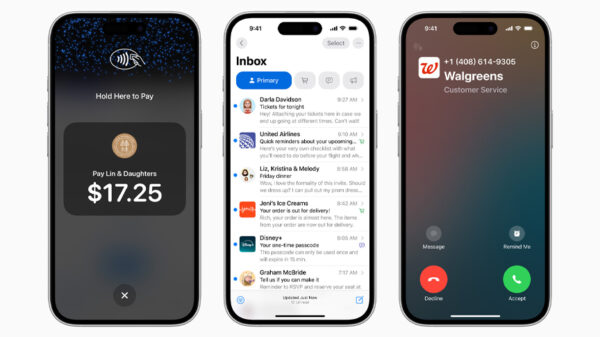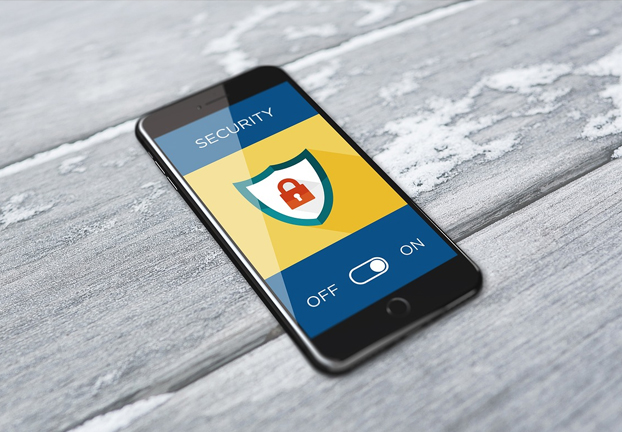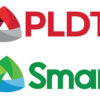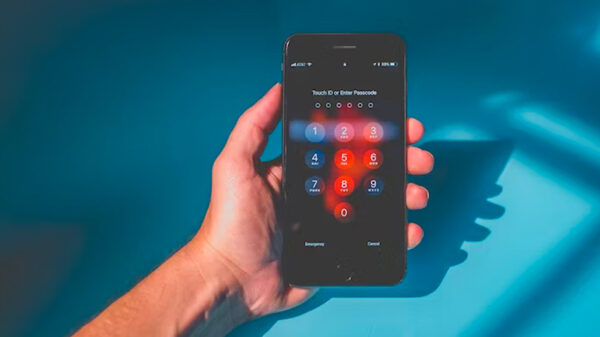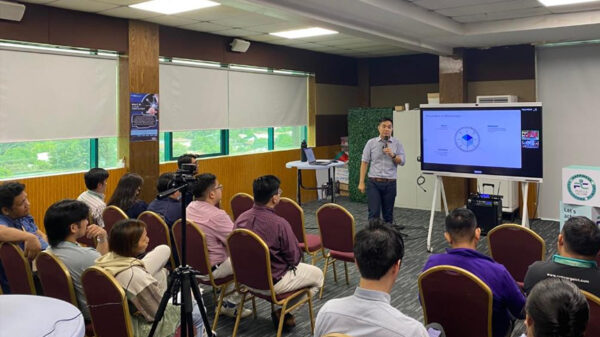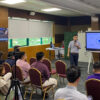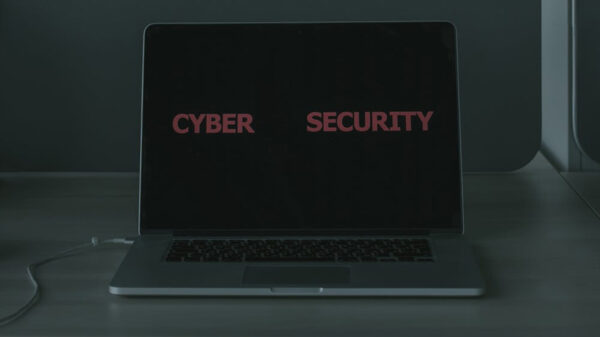Filipinos spend a lot of their time online—whether it be on their personal computers, tablets or mobile phones. In a digital report released by We Are Social and Hootsuite in January 2019, the Philippines was recognized as the country with the highest number of hours spent on the internet per day, with an average internet consumption of 10 hours and 2 mins.
With increased time spent online, the likelihood of experiencing cyberattacks also increases. In the first half of 2018, 10.6 million web infections were detected in the Philippines, making it among the top 10 most attacked countries in the world. A Microsoft and Frost & Sullivan study revealed that with the frequency of attacks today, a large organization is estimated to lose over $7.5 million because of cybersecurity threats. But more than the monetary damage, these threats can cause emotional distress and even lead to job loss.
After analyzing over 6.5 trillion threats from the cloud worldwide, Microsoft shared its Security Intelligence Report, which identifies the top four cyberthreats Filipinos encounter every day.
Targeted ad or malware?
It may look like a coincidence that one is targeted by a product ad right after a quick search on that same product, but this could also mean that the device used might be infected by a cyberthreat called malware, or “malicious software.”
Malware is the term used to describe all programs that can disturb, destroy or get access to a computer system without permission. This may come in the form of a file or a code that destroys personal files on one’s computer or within their network. It can cause impaired usability, data loss, intellectual property theft, and monetary loss.
According to Microsoft, the Philippines experiences malware 124% higher than the global average and 63% higher than the Asia Pacific region.
With more digital transactions done every day, cyber attackers find more ways to destabilize and attack end-users. Other forms of malware, such as cryptojacking, ransomware, and drive-by downloads, also join the list as top cyberthreats Filipinos should watch out for.
Fast battery drain or ‘cryptojacking’?
Cryptocurrency is on the rise but so are the people who mine these digital gold illegally.
Investing in Bitcoin, Ethereum, or other cryptocurrencies is very enticing with its possible high returns, and when done at the right time, relatively low investment. However, high yield also attracts cybercriminals who find creative ways to bypass security measures. Dubbed ‘cryptojacking’, these attacks uses one’s gadgets’ resources to mine cryptocurrency, with fast battery drain as one of the most obvious indicators. ‘Cryptojacking’ is too common that even those who are not investing in cryptocurrency can be exposed by simply visiting a website or downloading mobile games with hidden cryptocurrency mining scripts.
In itself, cryptocurrency transactions should be encrypted, anonymous and almost untraceable; however, with cybercriminals looming and snooping, the percentage of illegal cryptocurrency mining incidents surge. In fact, the Philippines has these attacks 114% more than the APAC region and 150% more than the other parts of the world.
Ransomware
Similar to the real-life danger of kidnapping, ransomware poses a threat when confidential data is withheld and only released once a certain amount is paid to the hacker.
Ransomware is technically malware, but this time, an exchange of money is involved before the files are released to the victim.
According to experts, ransomware is the easiest type of cyberattack and it is to no one’s surprise that this is the most common digital threat. The Philippines remains highly susceptible to these attacks, with incidents 36% more than the APAC region and 80% more than the global.
Drive-by Downloads
Drive-by download is a malicious software code that is unintentionally installed to a computer or mobile device. It attacks any app, operating system, or trusted web browser that contains security flaws after undergoing an update. It latches on to trusted things and installs itself once it finds a gateway to the system. With this, an innocent download or doing routine update can easily lead to a cyberattack even if one takes extra caution.
Unfortunately, just like malware, ‘cryptojacking’, and ransomware, the Philippines has more incidents of drive-by downloads than the APAC region by 36% and worldwide average by 67%.
Online precaution and vigilance
Being online is closely interlaced in most of modern Filipino workers’ lives. With the number of cyberattacks increasing at an alarming rate, understanding the types of threats one can be exposed to is crucial. At the end of the day, the best type of protection is acknowledging the danger beforehand and finding ways to avoid them.
Earlier this year, Microsoft and IDC Asia Pacific have also launched a study called Understanding Consumer Trust in Digital Services in Asia Pacific, which revealed that less than half of the consumers in the Philippines trust digital services. With the digital boom in the country, more Filipinos are also becoming aware of the cyberthreats that modern technology brings to their everyday lives.


